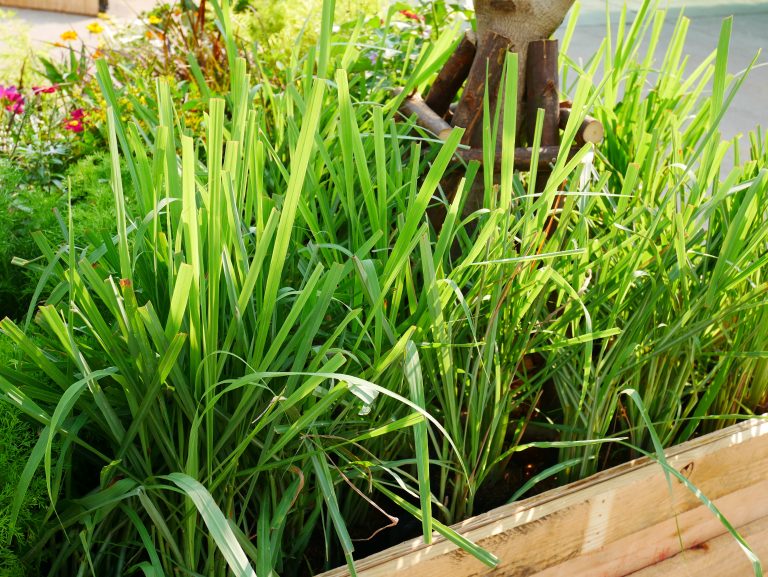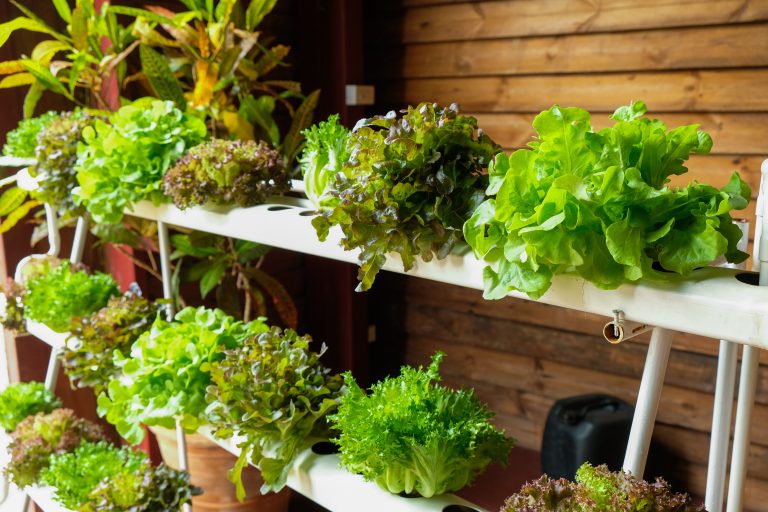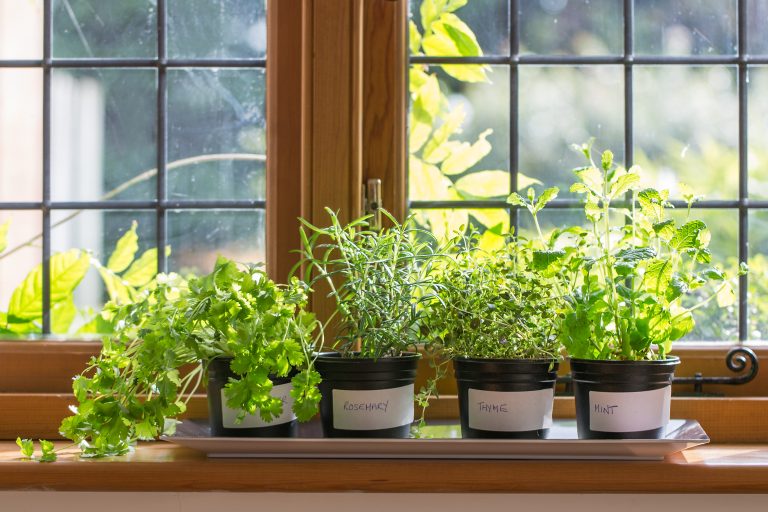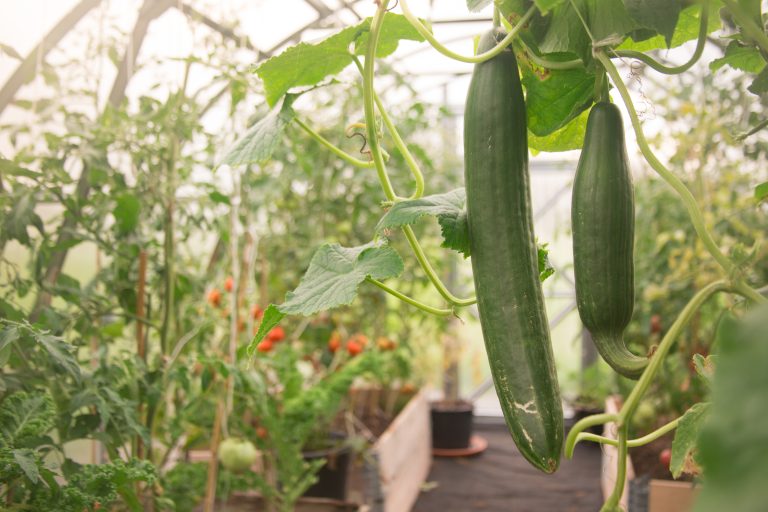10 Urban Herb Gardening Secrets for Small Spaces
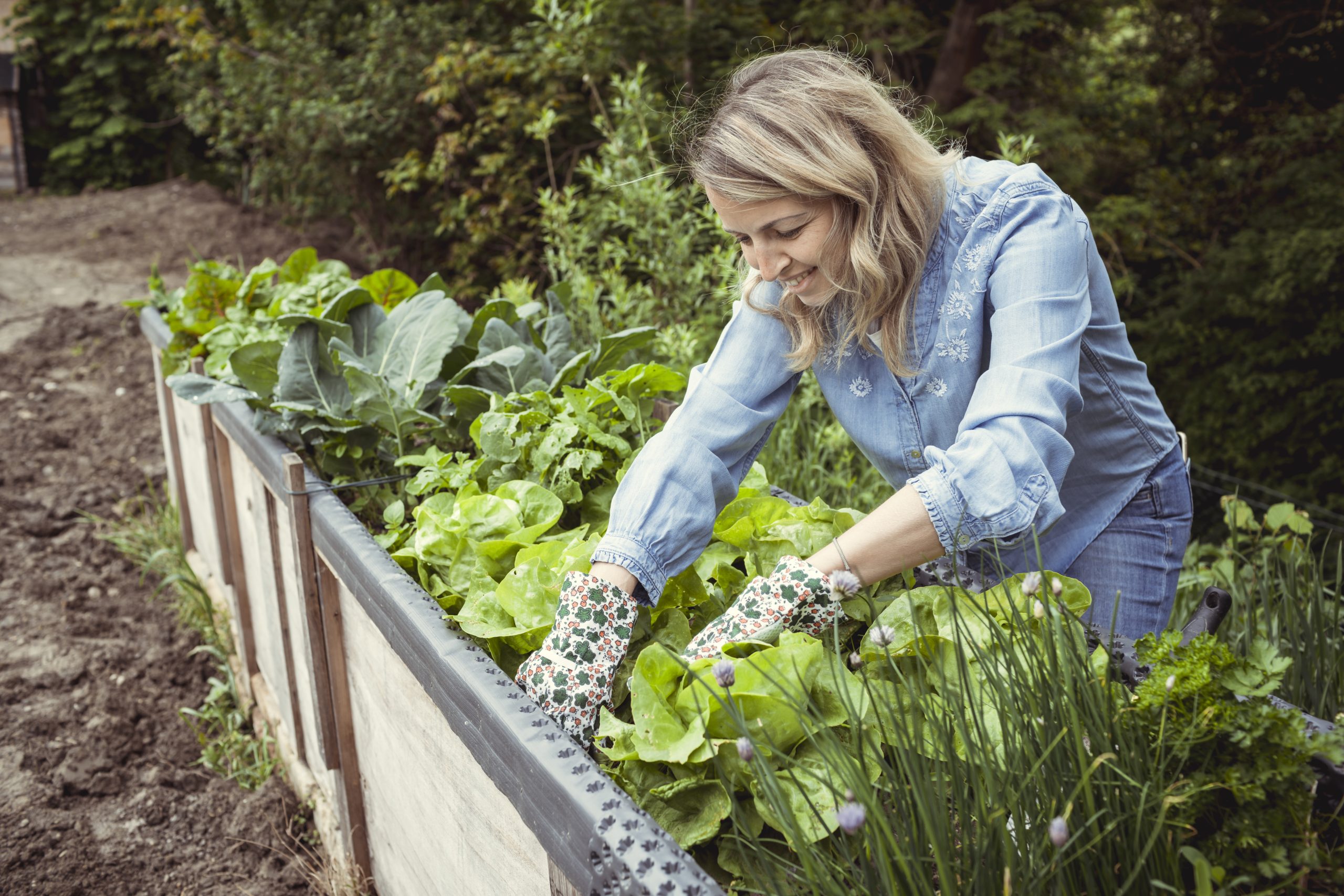
Imagine transforming your tiny balcony or window ledge into a lush, fragrant oasis with herbs at your fingertips. In this article, we’ll dive into the secrets of creating a flourishing urban herb garden in even the smallest of spaces.
1. Maximize Vertical Spaces
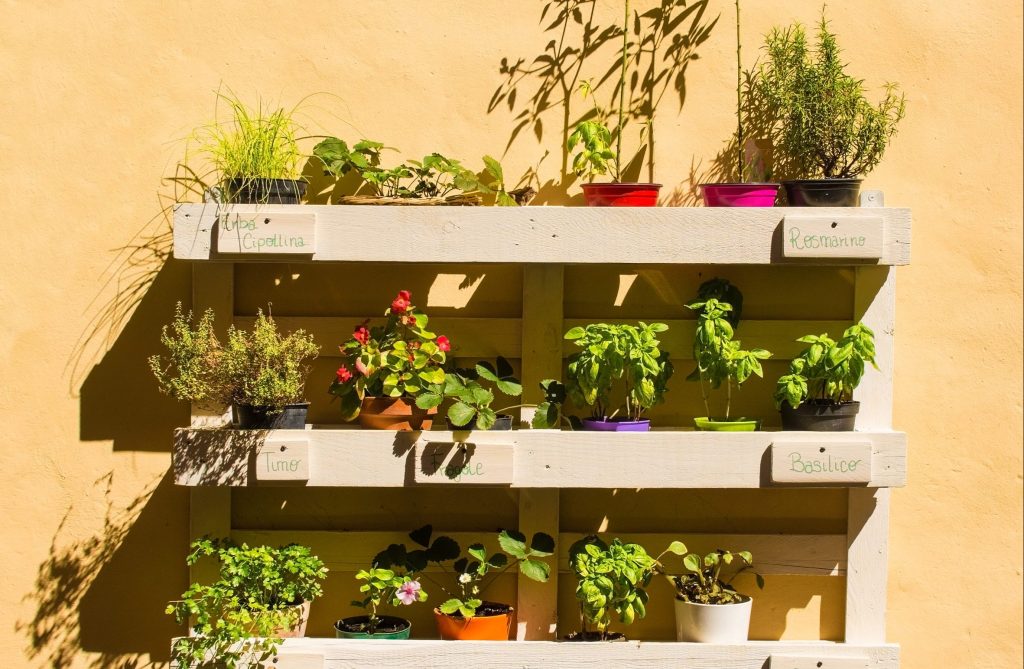
In the concrete jungle, every inch counts. So, think of your gardening space like a bustling city—build up, not out! Installing shelves, using hanging pots, or creating a living wall can turn a blank vertical space into a thriving herb haven. It’s like stacking apartments on a high rise; your herbs will enjoy the view from up high (and you’ll love the extra floor space).
Remember to place heavier pots on lower shelves for safety and ease of access. And don’t be afraid to get creative—repurposing an old shoe organizer into a vertical planter is both ingenious and eco-friendly!
2. Choosing the Right Herbs
Not all herbs are created equal, especially when it comes to small spaces. Opt for compact varieties like chives, thyme, and parsley, which are like polite neighbors that don’t sprawl across your limited area. Avoid the likes of mint, which can be the unruly tenant that tries to take over the whole plot.
Hey hey! Don’t forget to subscribe to get our best content 🙂
When selecting herbs, consider their growth habits and your culinary preferences. And remember, some herbs are annuals (like basil), while others are perennials (like rosemary), so mix it up to ensure year-round greenery.
3. Container Gardening Basics
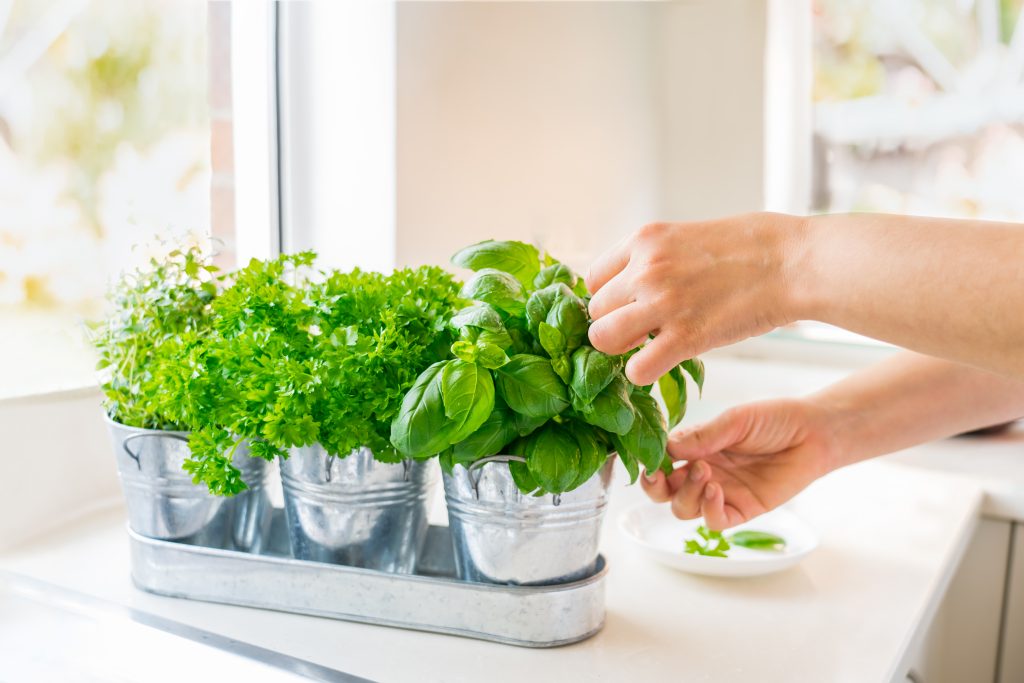
Containers are the condos of the herb world, providing personal living spaces for each plant. Ensure they have adequate drainage holes to prevent waterlogged roots—think of it as plumbing for your plant’s home.
Select the right size for your herb’s growth; a cramped pot is like a studio apartment for a party of five—nobody’s happy. And don’t forget to pick pots that match your decor; after all, these herbs are part of your home’s charm.
4. Optimal Herb Combinations
Some herbs play well together, while others—let’s just say they need their space. Companion planting is like matchmaking; for example, basil and cilantro can share a pot harmoniously, enhancing each other’s growth.
However, dill and fennel are feuding neighbors that can stunt each other’s style if planted too close. By finding the right herb combinations, you create a mini ecosystem where plants can support and even protect each other.
5. Sunlight and Shade Mastery
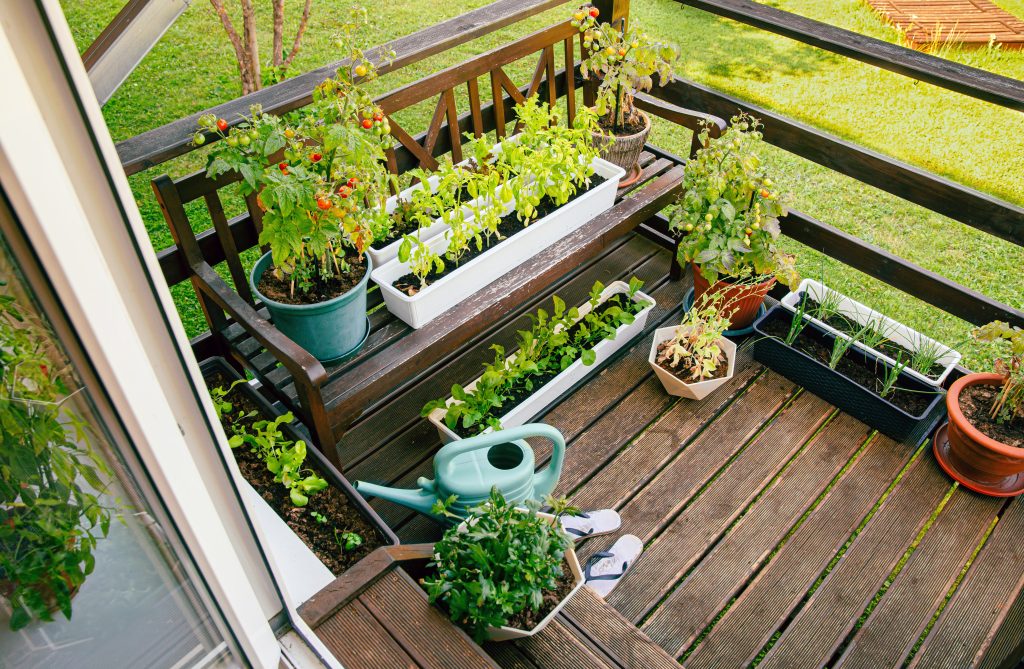
Herbs love the spotlight, but some prefer a bit of shade to shine. Understanding your herbs’ sun preferences is like knowing whether they’re early birds or night owls. Most herbs crave at least six hours of sunlight, but if you’re working with a shaded area, don’t despair—herbs like mint and parsley can still thrive.
Rotate your containers periodically to ensure all sides of the plant get their time in the sun, just like rotating crops in a field.
6. Efficient Watering Techniques
Watering is an art form in the urban garden. Overwatering can drown your herbs’ roots, while underwatering can leave them high and dry. Use a watering can with a long spout to target the soil, not the leaves (they’re not fans of showers).
Consider a self-watering system if you’re often on the go; it’s like a drip coffee maker for your plants—consistent and reliable. Always check the soil moisture before watering; it’s the best way to gauge your herbs’ thirst.
7. Soil and Fertilizer Secrets
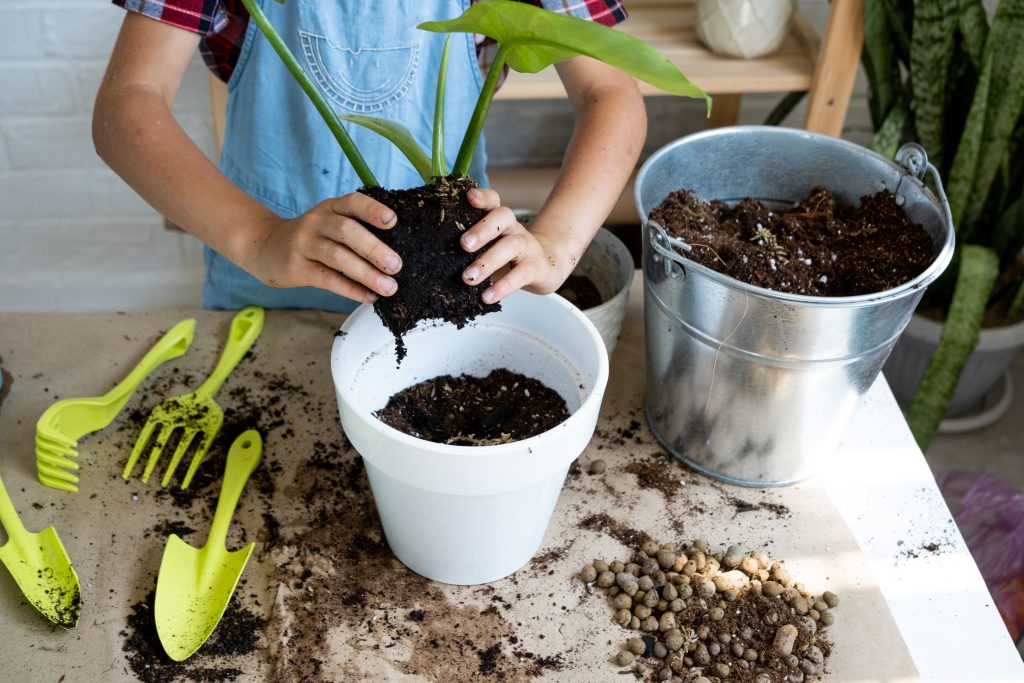
Good soil is the bedrock of any garden. In containers, use a high-quality potting mix that provides ample nutrients and aeration—think of it as a five-star hotel for roots. Herbs aren’t heavy feeders, but they appreciate the occasional boost from an organic fertilizer, like a well-timed room service.
Remember, too much of a good thing can be harmful, so follow the mantra “less is more” when it comes to feeding your plants.
8. Pest Control in Small Areas
Pests can be a real party pooper in your herb paradise. Since space is limited, it’s crucial to catch these uninvited guests early. Keep an eye out for telltale signs of infestation, like chewed leaves or sticky residue.
Natural remedies, like neem oil or a simple soap and water spray, can be effective bouncers that keep pests at bay without harsh chemicals. And sometimes, the best defense is a good offense—healthy, robust plants are less likely to succumb to pests.
9. Harvesting for Continuous Growth
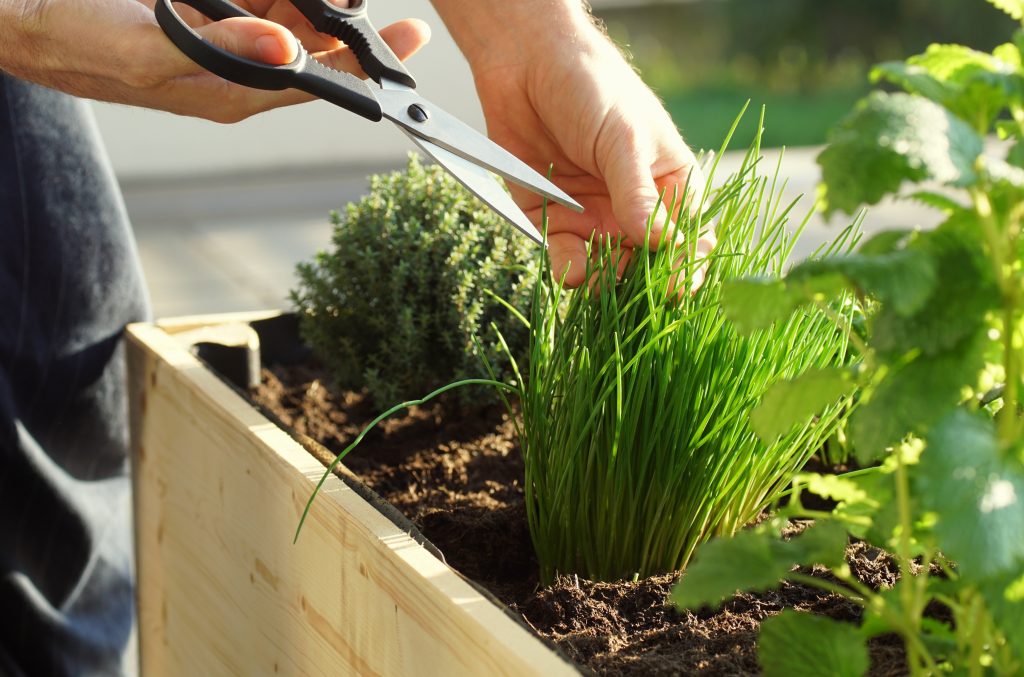
Harvesting isn’t just about reaping the rewards; it’s about encouraging more growth. Snip herbs regularly to promote bushier plants—think of it as a regular haircut that keeps them looking their best.
Always harvest with clean scissors, and never take more than a third of the plant at a time to avoid stressing it out. This way, your herbs will bounce back faster than you can say “More basil, please!”
10. Winter Care for Urban Herbs
Winter can be harsh, but with a little TLC, your herbs can weather the cold. Bring tender perennials indoors to a sunny windowsill where they can bask in the warmth.
If your space doesn’t allow for this, consider investing in a grow light—it’s like sending your herbs on a tropical vacation during the bleak winter months. And for those that remain outside, protect them with covers or mulch to provide a cozy blanket against the chill.
With these tips in hand, you’re ready to transform even the most cramped quarters into a verdant, aromatic retreat. Your urban herb garden will not only spice up your meals but also bring a touch of nature to your high-rise haven.

